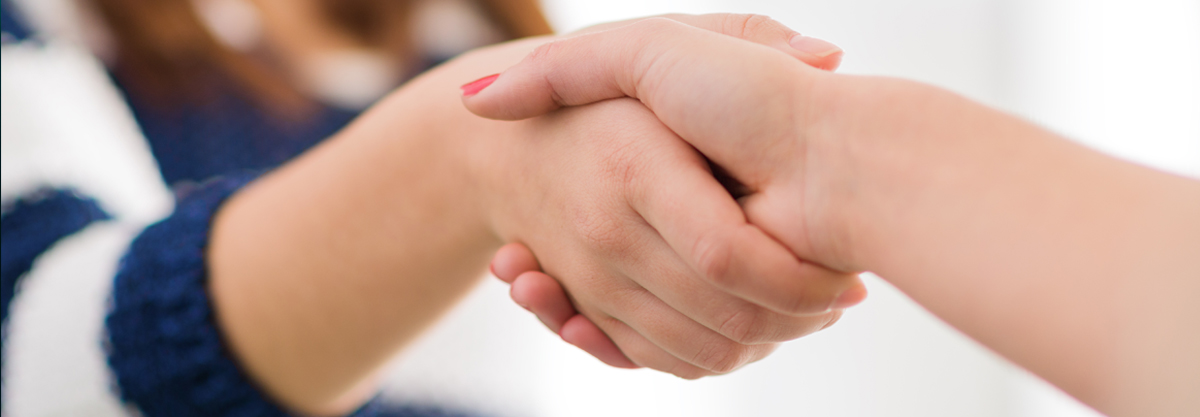
Hyperhidrosis: An Understanding of Excessive Sweating
Ask yourself the following questions:
- Do you feel that you sweat more than normal?
- Have the underarms of your shirt been drenched with sweat?
- Have your hands become so slick with perspiration that you’re unable to perform everyday activities such as driving or using your phone?
If excess sweating has affected you in any of these ways, know that you are not alone. Along with millions of others across the country and around the globe, you may have a medical condition known as hyperhidrosis.
What is hyperhidrosis?
Hyperhidrosis is the medical term for excessive sweating. It may be even more common than previously thought. A 2004 survey put the number of Americans affected by hyperhidrosis at 7.8 million, but a 2016 study published in Archives of Dermatological Research suggests nearly double that number—15.3 million—may have the condition.
Hyperhidrosis is characterized by excessive sweating in one or multiple parts of the body, including:
- Face and head
- Underarms (axillary)
- Hands (palmar)
- Feet (plantar)
In addition to the physical limitations that may arise, sweating in excess can have a psychological impact, making you anxious or unwilling to interact with others on a social or professional level. Moreover, irritating skin conditions may develop as a result of an abnormal amount of sweat gathering on the body, such as fungal overgrowth, infections and disintegration of the skin itself.
What are the causes of this condition?
When you sweat normally, your sympathetic nervous system triggers your sweat glands in order to cool the body down (thermoregulation). With hyperhidrosis, these nerves become hyperactive, calling for more perspiration than needed. When coupled with stress or exercise, they can actually worsen.
How is hyperhidrosis categorized?
Primary focal hyperhidrosis
Named for its occurrence on a very specific area of the body, this type is not caused by an underlying medical condition, nor is it a side effect from medications you may be taking. It often begins during the childhood years and can affect the hands, feet and underarms as well as the face, head and neck.
While those with primary focal hyperhidrosis have episodes of excessive sweating at least once a week, they do not experience excessive sweating while sleeping. It has also been shown that primary focal hyperhidrosis is a genetic condition and may be inherited.
Secondary generalized hyperhidrosis
This type of hyperhidrosis is the result of another medical condition or a side effect of certain medications. Unlike primary focal hyperhidrosis, secondary generalized hyperhidrosis is not confined to one area of the body.
Some conditions that may cause hyperhidrosis include:
- Certain infections
- Diabetes
- Heart attack
- Hypoglycemia
- Menopause
- Parkinson’s disease
- Some cancers
- Thyroid conditions
Medications that list hyperhidrosis as a possible side effect include:
- Certain antidepressants
- Herpes and chickenpox medications
- Medication for dry mouth
- Some types of asthma inhalers
- Zinc
How to Stop Excessive Sweating
There are both surgical and nonsurgical treatment options available. At Hyperhidrosis Center at Thoracic Group, we offer the following treatments:
- Medications: Oral and topical medications are often considered the first line of treatment for hyperhidrosis. Over-the-counter and prescription antiperspirants with active ingredients such as aluminum chloride and oral glycopyrrolate are examples of common medications.
- miraDry®: miraDry is a revolutionary, non-surgical treatment, that is FDA-cleared to permanently reduce underarm sweat, odor and hair.
- Iontophoresis: Iontophoresis is a treatment mainly used for plantar (foot) and palmar (hand) hyperhidrosis. It temporarily blocks sweat glands with electric currents.
- ETS: ETS, or endoscopic thoracic sympathectomy, is the surgical division of the sympathetic nerve chain. Dividing this structure will reduce the amount of nerve stimulation, and therefore the amount of sweat produced, in primary focal hyperhidrosis. This same-day-surgical procedure is the only permanent treatment for palmar hyperhidrosis.
If you feel that you sweat excessively or that you may have hyperhidrosis, contact one of our specialists today.
